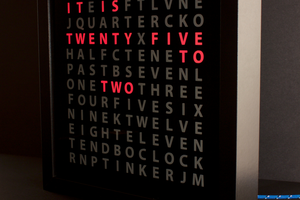There are many great DIY projects on the internet on how to do very large 7 digit display clocks, I've been trying to do my own for years also but always come short of good results. Now i've something decent and i think this are the advantages over other projects:
- Cheap:The components of this project on worse case scenario should be very cheap, as some are recycled or very common craft materials.
- Large:It's a wall clock, you want them as large as possible.
- Efficient:Some of the clocks I’ve seen use 10W or above, the objective of this clock was that it will run on a smartphone charger, that means normally 5W or less (with the normal adjustments it runs between 800mW and 2.5W)
- Uniform:I want the digits to glow in a uniform light. some of the techniques I’ve seen to create this 7 segment display create brighter and darker spots because of the nature of led light and diffusion
- Thin:Given the last point, one of the most common techniques is use separation between the led and the front of the display, making them thick. This clock is very thin (10mm for the digit and 18 mm with casing)
- Extendable:The current version of Titan RGB clock does simple by hour color change according to a predetermined table. However, the display can be controllable per segment with decent refresh rate, that means animations. You just need to upgrade the soft in the controller or change the controller
 Camilo Alvarez
Camilo Alvarez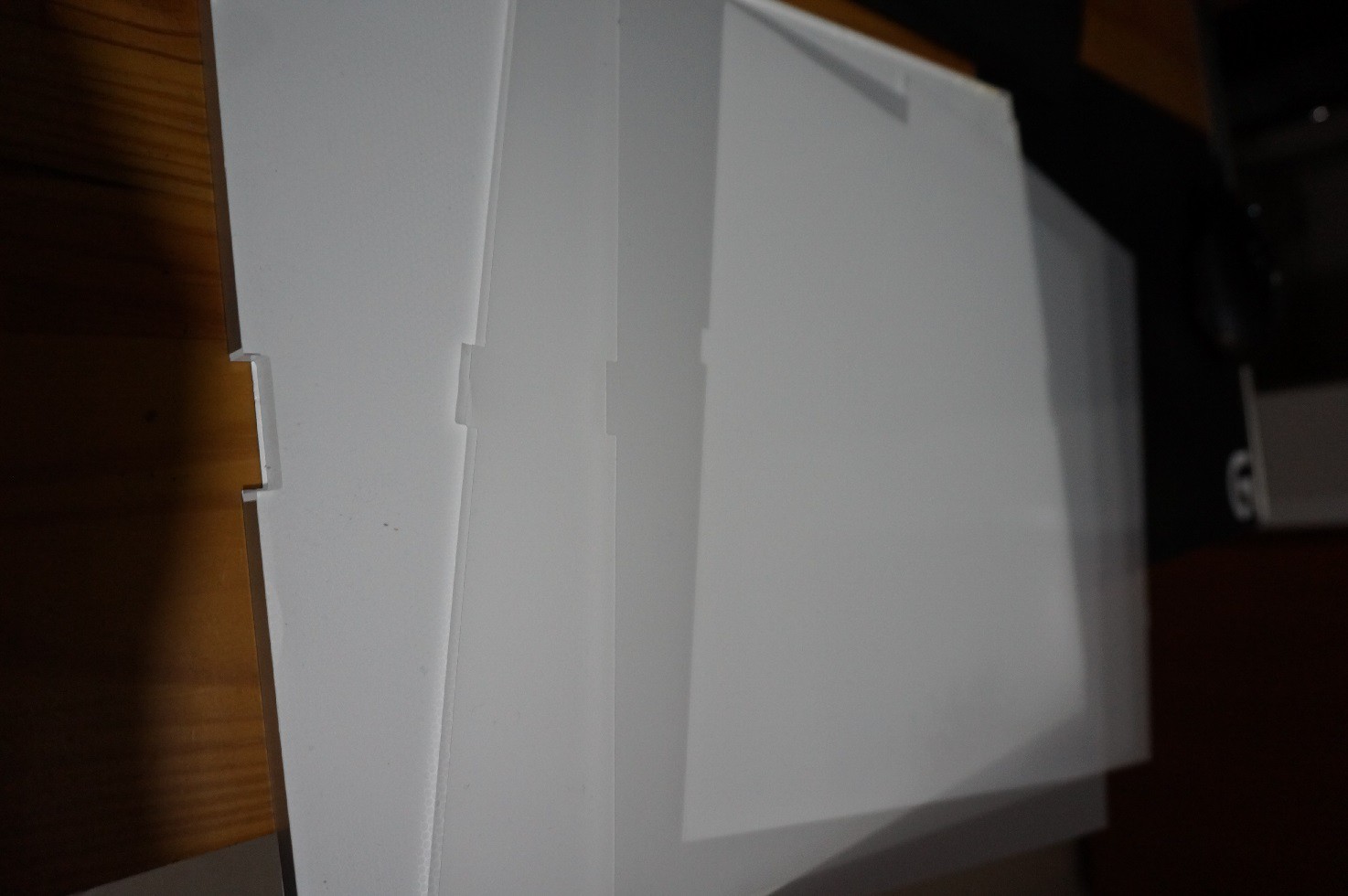

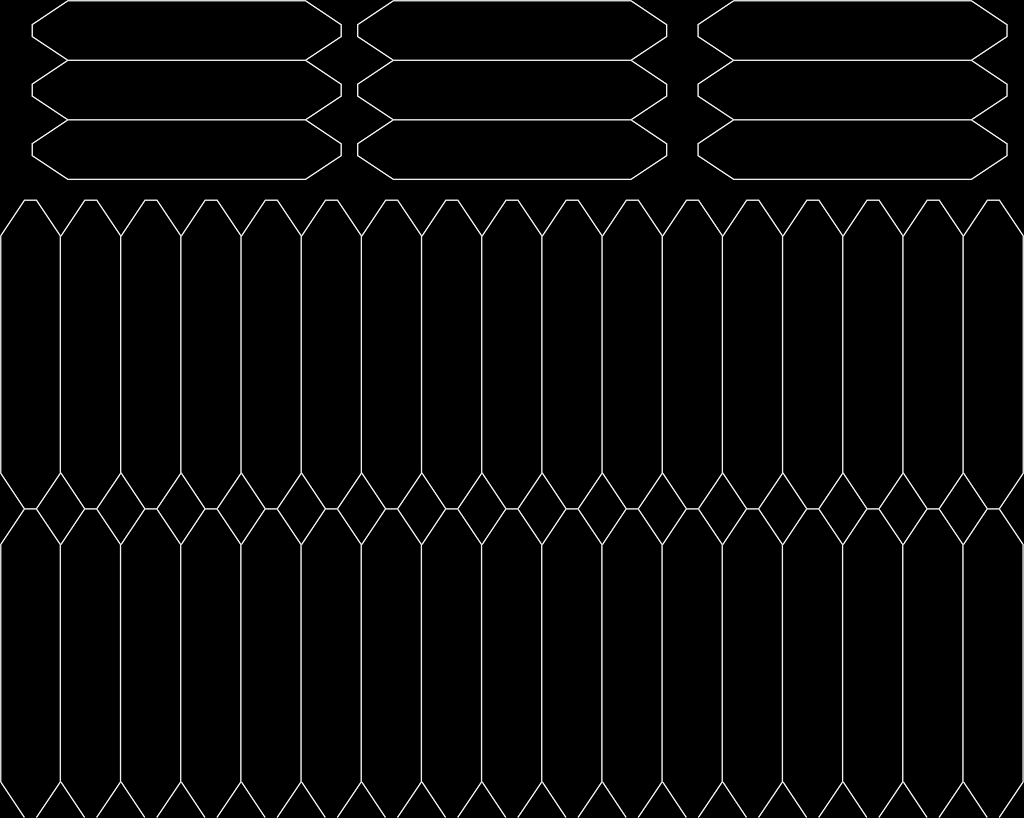

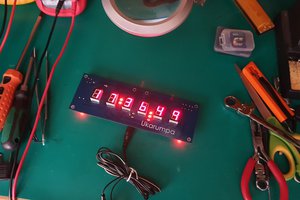
 Marius Taciuc
Marius Taciuc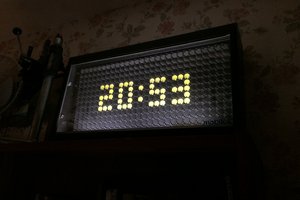
 pauliusbau
pauliusbau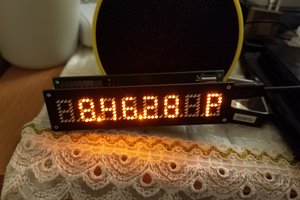
 sjm4306
sjm4306